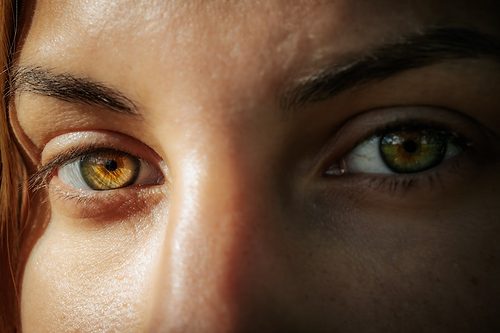General Psychiatry
Inpatient Fact Sheet Self Injurious Behaviors Medical Management
December 14, 2023
Inpatient Fact Sheet LGBTQIA Issues
December 14, 2023
Inpatient Fact Sheet Lice and Scabies Outbreaks in Psychiatric
December 12, 2023
Inpatient Fact Sheet Cross Cultural Issues
December 12, 2023
Inpatient Fact Sheet Anorexia Forced refeeding fact sheet
December 12, 2023
Inpatient Fact Sheet Catatonia Dx and tx
December 12, 2023
Inpatient Fact Sheet Diabetes
December 12, 2023
Inpatient Fact Sheet Behavioral and Psychological Symptoms of Dementia
December 12, 2023
Inpatient Fact Sheet Huntingtons
December 12, 2023
Inpatient Fact Sheet OCD Diagnosis and Treatment
December 12, 2023

_-The-Breakthrough-Antipsychotic-That-Could-Change-Everything.jpg?1729528747)



